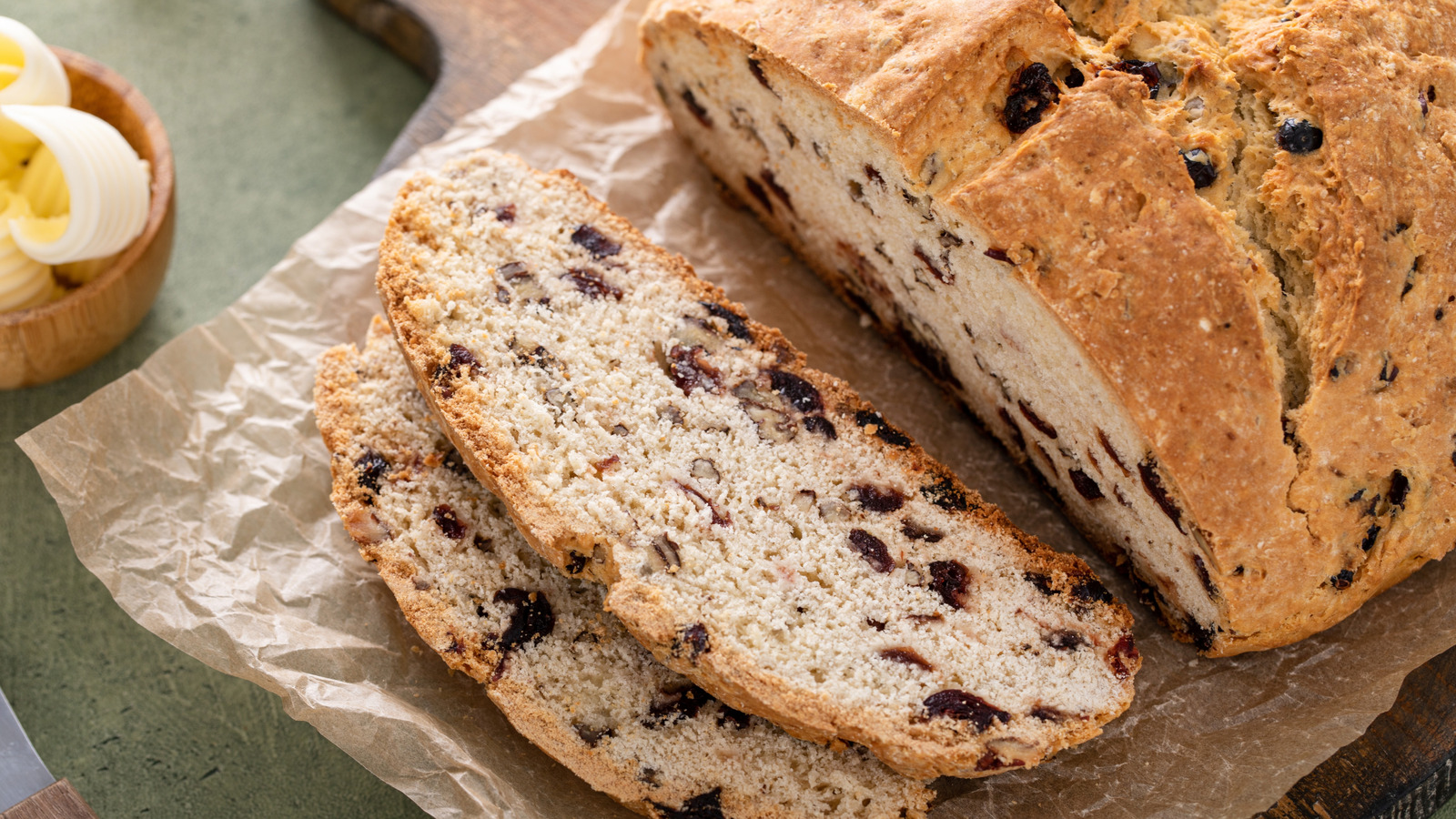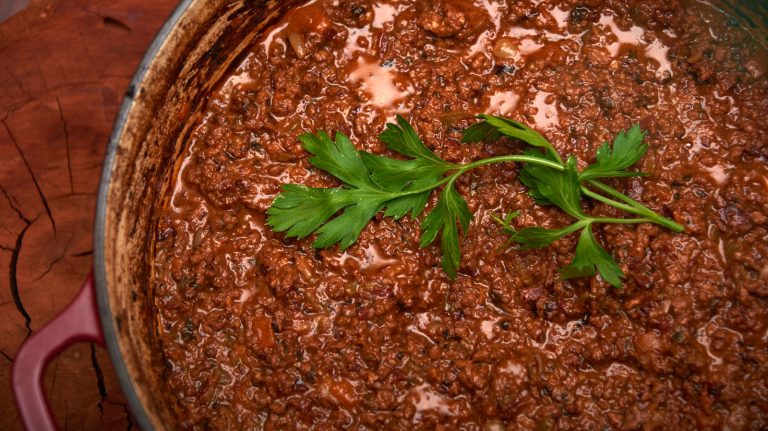Irish soda bread — or Irish brown soda bread, if it’s made traditionally with wholemeal flour — is a beloved accompaniment for Irish meals. But considering the relatively easy way this delicious, hearty bread comes together without yeast, it should be a staple in every baker’s repertoire. Baking soda gives this bread its name, its rise, and its texture. There aren’t many other ingredients required: Just flour, buttermilk, and salt, plus common favorite adds like raisins or caraway seeds. Much of the beauty of soda bread, therefore, hinges on getting that ideal rise and bite. We asked an expert about baking the best possible version, and perhaps it’s no surprise that the key takeaway pertains to baking soda.
“Ensure the baking soda you use is absolutely fresh!” says Executive Chef Nanor Harboyan of Helms Bakery in Los Angeles. “It’s a good idea to purchase a fresh package just for this recipe for the best chances of getting a perfectly textured loaf.” Proper storage in an airtight container is one of the essential tips for using baking soda, but it’s such a crucial ingredient in Irish soda bread that buying a new box might indeed be worthwhile. Baking soda that isn’t fresh doesn’t help the bread rise well, and can give it unpleasant flavors. It’s the same reason baking soda is one of the ingredients you must measure carefully for soda bread: It’s alkaline, which yields bitter flavors. Fresh baking soda in just the right amount will perfect your bread.
The history and science behind baking soda in bread
In Ireland, soda bread has a frugal origin story: It evolved during the 19th century as sustenance during famine that could be made with very few — cheap — ingredients. The flour used then was wheat or wholemeal; today’s buttermilk was sour milk; the other two essentials were salt and baking soda. Even with today’s recipes calling for varying flours or adding raisins, this is a simple bread. When done well, it’s comforting and irresistible. But when something is off, like old baking soda, there’s nowhere for poor flavors or textures to hide.
Baking soda defines this bread. Native Americans invented the concept of using soda to make bread rise when they began using a natural soda in wood ashes. Baking soda, or bicarbonate soda, became available in places like Ireland in the 1800s. It works by reacting with acid — in this case, the buttermilk — and, under the condition of heat, producing carbon dioxide. This CO2 causes the bread to rise and gives it those air pockets; baking soda also breaks gluten structures down a bit, which makes the bread more tender. The fact that baking soda is an alkaline means that while reacting with that acid, it’s also balancing it, so the finished flavor of buttermilk in the bread is pleasant, not tangy. Baking soda performs so many functions that shape soda bread, it’s no wonder a slightly stale addition can make or break it.






